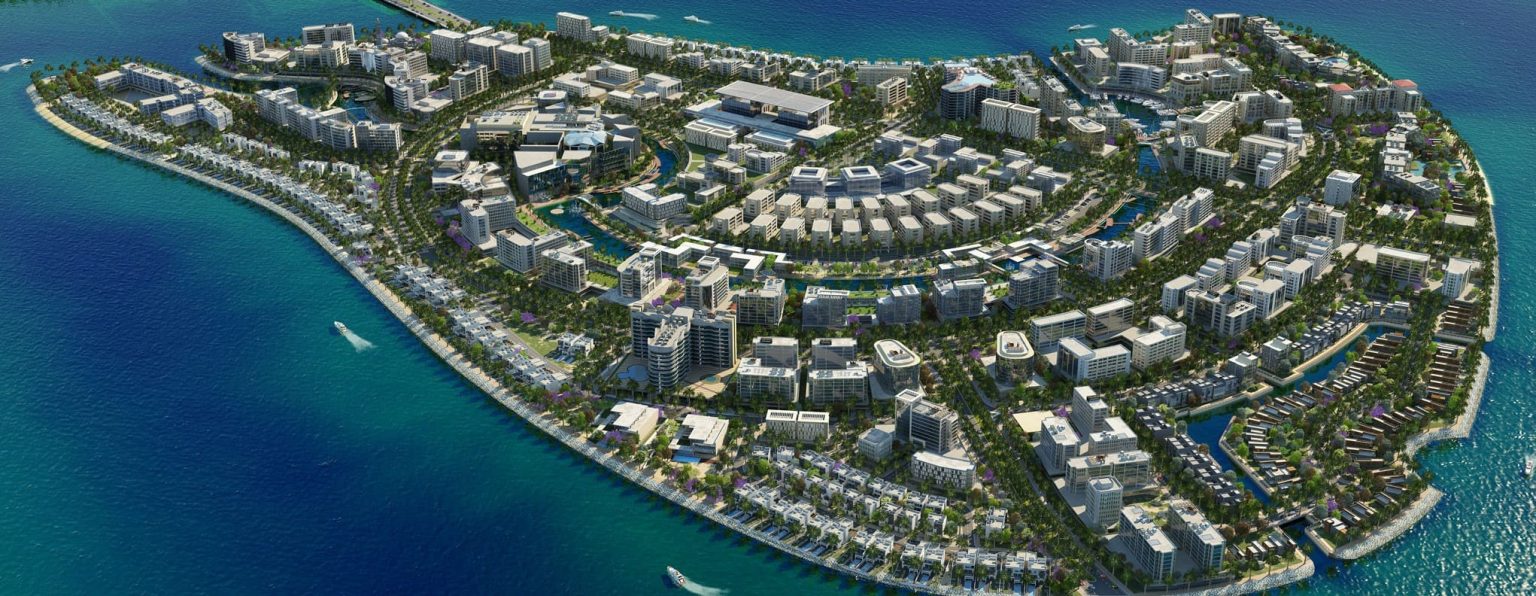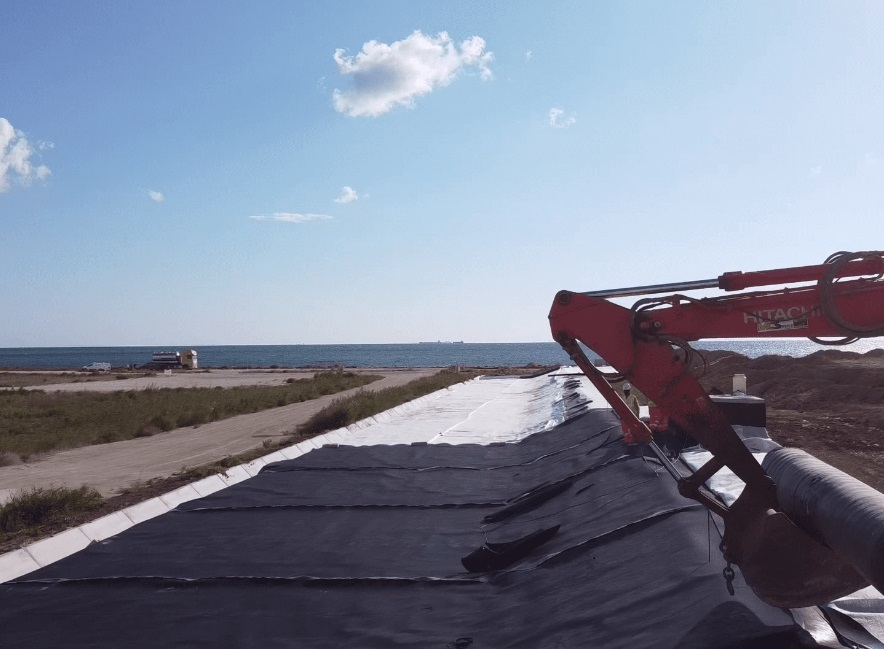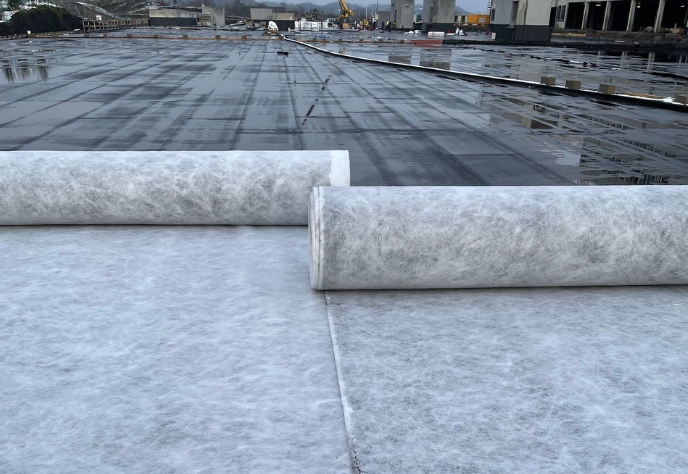13 March 2025
A Timeless Relationship: Humanity and Water
Mastering water has always been a human necessity. Discover how modern engineering is transforming water management amid climate change.
Since the earliest days of civilization, the story of humanity has been intimately linked to water. Entire societies were born along riverbanks, shaped by the rhythms of tides, rainfall, and seasonal floods. From the Nile to the Indus Valley, from the canals of ancient Mesopotamia to the aqueducts of the Roman Empire, managing water has never been a simple technical task—it has been a core function of survival, power, and prosperity. Water dictated the rise of cities, enabled agriculture, and defined trade routes. It nourished cultures and inspired myths, yet it also brought ruin when mismanaged or misunderstood.
As Leonardo da Vinci so aptly put it, “Water is the driving force of all nature.” This elemental truth remains unchanged. Engineering emerged early as a response to this primal challenge, turning natural flows into life-giving systems. Dams regulated floods, cisterns stored rainwater, and irrigation transformed deserts into fertile land. This ancient necessity—taming and harnessing water—remains as relevant today as it was thousands of years ago, albeit now in the context of climate adaptation, urban resilience, and digital transformation.
Climate Change: A New Era of Water Uncertainty
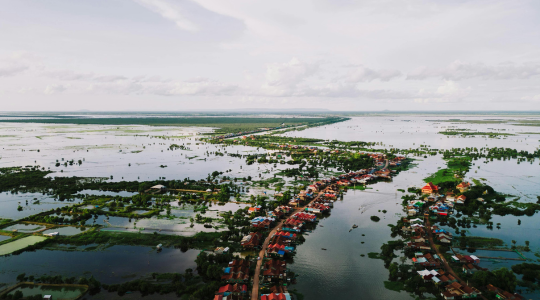
Today, the age-old art of water management faces a new test: climate change. With rising sea levels, erratic rainfall, extended droughts, and sudden floods, our infrastructure is under unprecedented stress. The Intergovernmental Panel on Climate Change (IPCC) warns that extreme hydrological events are becoming more frequent and intense, threatening urban safety and food security.
Unlike past generations, modern engineers must now design for unpredictability—creating systems that adapt, respond, and regenerate. It’s not enough to move water efficiently; we must also capture, reuse, and protect it. Water resilience is no longer optional—it’s structural.

Reinventing Infrastructure: From Hard Systems to Smart and Soft Solutions
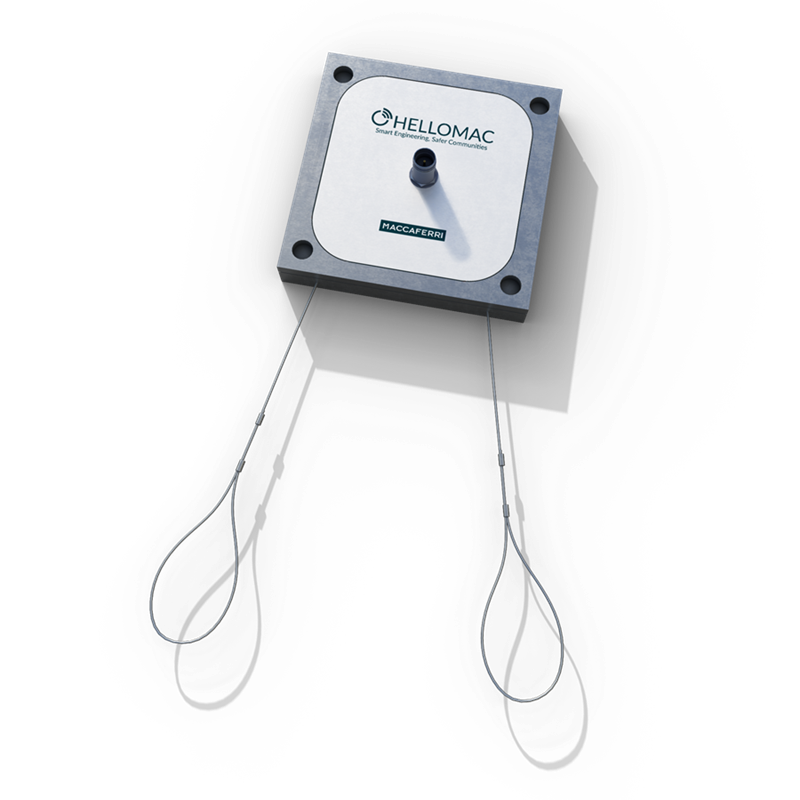
In response, engineering is undergoing a quiet revolution. Traditional “grey” infrastructure—pipes, dams, drains—is being complemented by “green” and “smart” systems. Nature-based solutions such as sponge cities, rain gardens, and wetlands are helping urban areas absorb and filter stormwater, reducing flood risks and enhancing biodiversity. Meanwhile, digital tools like IoT sensors and smart meters allow real-time monitoring of flow rates, leak detection, and water quality.
Among these innovations, HELLOMAC Hydro, Maccaferri’s smart water monitoring solution, exemplifies how digital integration can optimize water management. By providing accurate, real-time data on hydrological conditions, it supports preventive maintenance and enhances infrastructure responsiveness. These hybrid approaches—where technology meets ecology—are redefining how we design water systems that are both adaptive and environmentally aligned.
Efficient Drainage: A Critical Piece of the Puzzle
Among the essential components of this transformation is efficient water drainage. Often overlooked, drainage systems are vital in preventing structural damage, soil erosion, and infrastructure collapse. Companies like Maccaferri are advancing this field with innovative solutions that manage surface and subsurface water more effectively. Their drainage technologies—geocomposites, prefabricated drains, modular channels—are engineered not just for performance but for sustainability. Integrated into roads, retaining walls, and slopes, these systems help maintain the resilience of larger infrastructure networks, reducing maintenance costs and improving long-term safety. They are a clear example of how modern engineering builds upon ancient knowledge with new tools to meet today’s complex realities.
A Future Rooted in Ancient Wisdom and Innovation

As we face an uncertain climate future, water remains the element that tests our ingenuity. But the answers lie not only in innovation—they lie in remembering what humanity has always known: that water must be respected, managed wisely, and shared equitably. The task ahead is to blend tradition with technology, resilience with regeneration. Water-sensitive design, community-based planning, digital monitoring, and efficient drainage systems are all part of this evolving equation. Engineering is no longer about controlling nature—it’s about working with it. And in doing so, we honor the legacy of those who came before us, while protecting the generations to come.


